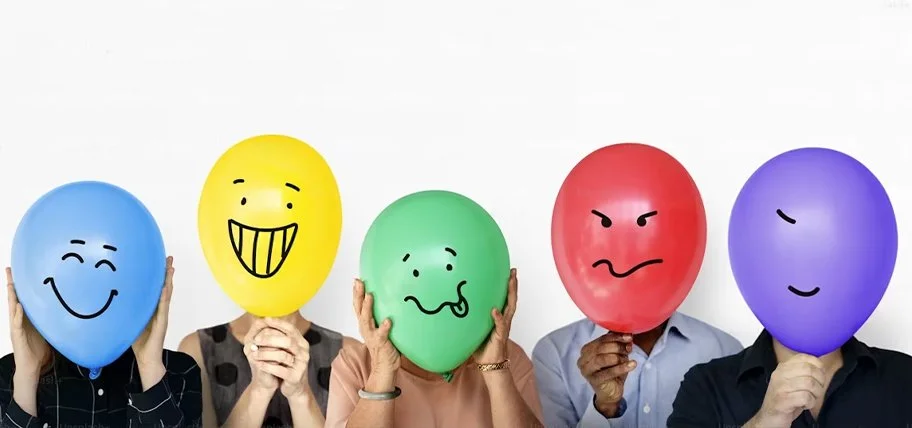What if this is the most important thing we don’t teach?
“Behind every young child who believes in himself is a parent who believed first.”
— Matthew Jacobson
Let’s be real, if we’ve learned anything over the past few years, it’s that being human is hard.
For kids, for grown-ups, for anyone who’s ever had to teach a math lesson right after someone had a meltdown over the wrong color cup.
Whether you're a teacher trying to start the school day with 26 tiny storms of emotion in one room, a parent juggling remote work and sibling squabbles, or a caregiver supporting kids through tough transitions—chances are, you’ve wondered:
“Why don’t we teach kids how to handle all this emotional stuff?”
Here’s the thing: We can. And we should. That’s where Social and Emotional Learning (SEL) comes in.
And no, it’s not just trendy education lingo. It’s the actual foundation for everything else we want kids to learn and become.
What Is SEL, Really?
Social and Emotional Learning is simply this:
Teaching kids how to understand and manage their emotions, build positive relationships, handle challenges, and make responsible choices.
In other words:
The skills we wish we learned in school.
The tools we still need as adults.
The things that make classrooms calmer, homes more connected, and relationships stronger.
It’s not about turning your home into a therapy office or adding one more thing to your classroom checklist. It’s about helping kids—and ourselves—navigate life with more confidence, calm, and compassion.
And let’s be honest: that matters now more than ever because whether you're an educator, parent, caregiver—or just someone who interacts with other humans—SEL is part of your daily life already.
Ever had to:
✔️ Help a child calm down when they’re spiraling?
✔️ Deal with two kids who both think they’re right (and also very loud)?
✔️ Figure out how to set a boundary without losing your cool?
That’s SEL in action.
The question isn’t whether we’ll use it—it's how intentionally we’ll teach it, model it, and create space for it because let’s face it: kids won’t remember everything we teach them about photosynthesis or fractions.
But they’ll definitely remember how it felt to be in our presence. They’ll remember whether they felt safe to mess up. Whether we saw them behind the behavior. Whether we modeled what regulation looks like when things don’t go as planned (trust me I’ve had many opportunities to apply this during our family trip through Europe this summer).
Because learning doesn’t happen in a vacuum. It happens in relationships.
And that’s the power of SEL—it reminds us that behavior is communication, connection is regulation, and kids thrive when they feel seen.
This month, we’re digging into what SEL really looks like in everyday life—at school, at home, and within ourselves and each week, we’ll explore a different angle.



